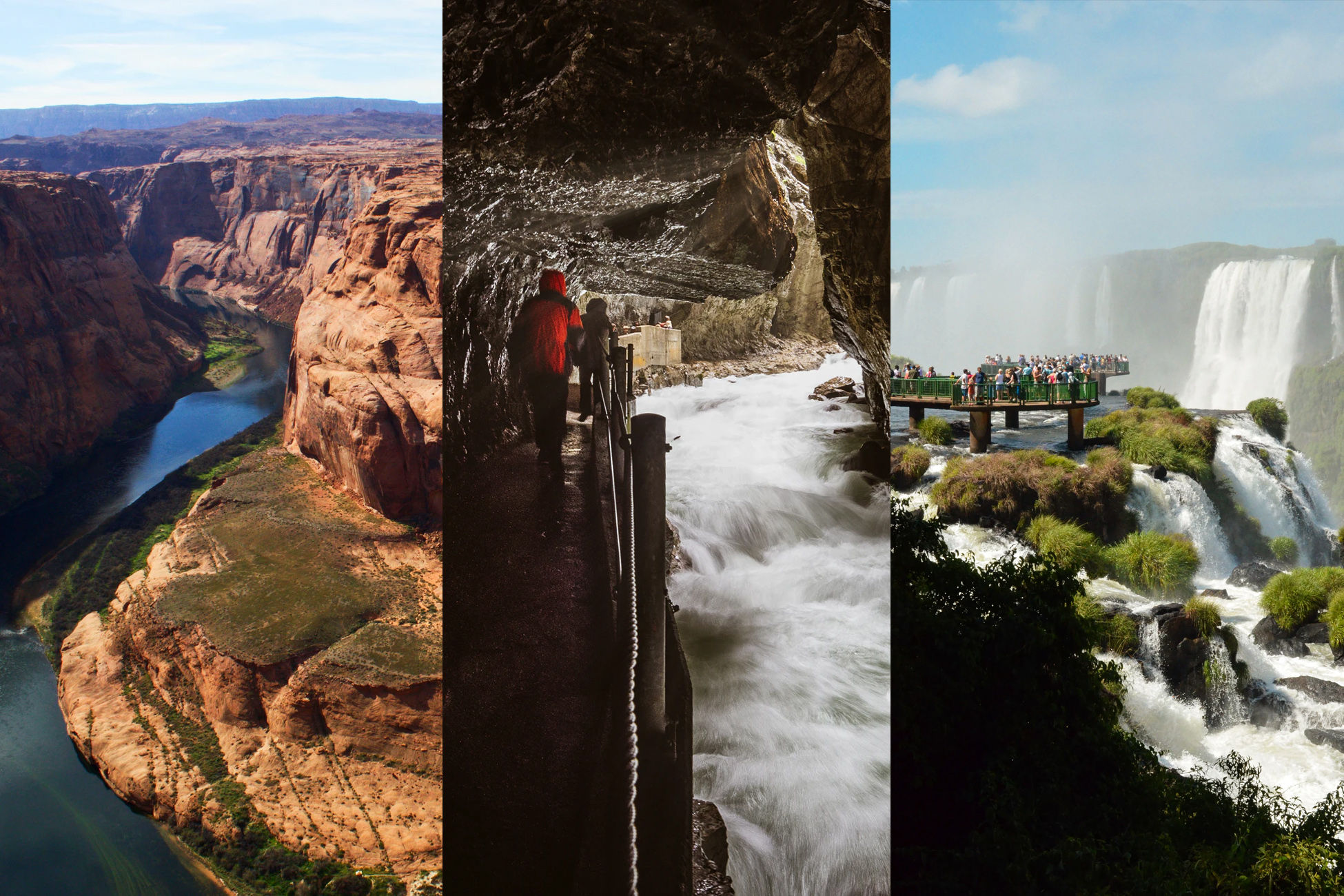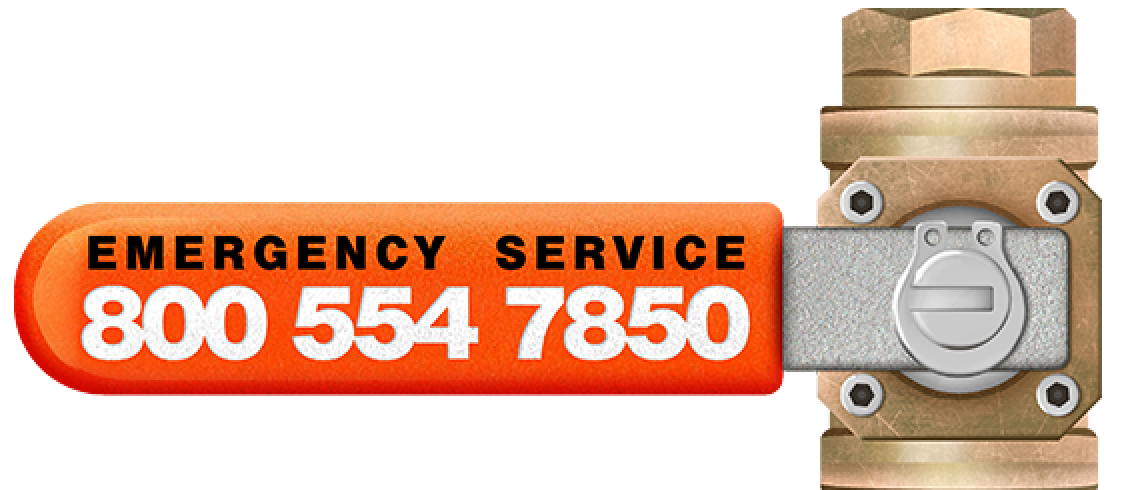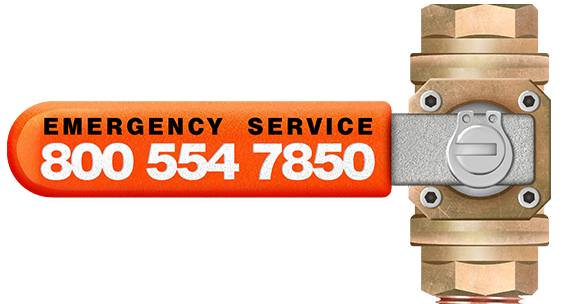Water Damage Series – Part 1: Overview
Water Damage in Nature Can be Beautiful
We revere wonders of the world like The Grand Canyon in the United States, Partnach Gorge in Germany, and Iguazu Falls on the border of Brazil and Argentina, and we marvel at the amazing and beautiful geological formations created by erosion – millennia of waterflows carving out these magnificent natural wonders. And while you can’t take anything away from their beauty and majesty, if you distill this creation process down to simple terms, what you are witnessing is thousands of years of water damage.
Who knows what marvelous beauties might become of your home if you allow water damage to go untreated – but even if it becomes the next wonder of the world in 30,000 years, you won’t be able to enjoy it – or your home in the meantime.
What Does Water Damage Mean for Me in My Home?
If you’ve never had an insurance claim as a result of water damage, or any other damage in your home, you may not be aware of what is involved, how extensive it could be, what is required to make the home safe, how to prevent further damage, the different categories of damage – and so many other things you’ll experience, need to do, or need to know just from having a water disaster.
This is the first post in a series all about water damage in your home or business. In it we will introduce the topics included in each of the other articles.
Water Damage? Or Just a Wet Cabinet/Wall/Ceiling?
Water is such an integral part of life – it makes up who we are. We use it to wash our clothes, our bodies, our homes. We use it in cooking and we drink it to satisfy our thirst. But we also watch the kids kick over a full cup of red Kool-Aid that we told them to not put on the carpet. And we scramble when we tip over a glass of water on our computer desk.
Sometimes water can just be wiped up and all is well. But if water falls on your computer, cell phone, or important documents, wiping it up might not be enough. In fact, it might cause complete destruction of the item.
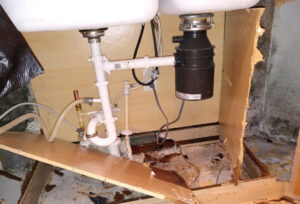
When it comes to your home, water damage doesn’t happen as fast as it does when what is involved is electronics or papers. Again, sometimes all you have to do to avoid damage is wipe it up. But sometimes, even if you’re quick, a wet glass can create a water ring on a nice piece of furniture.
What becomes really costly is when you have structural components of your home that get wet and stay wet for more than just a little while. The greatest risks are structural damage to your home and mold growth.
Direct Water Damage to the Structure of Your Home
Water mitigation companies like Construemax are in business to help homeowners and business owners resolve issues cause by water. The greatest concerns are for the health of the occupants and structural integrity of your home and then secondarily, the esthetic appearance of your home. Water damage can be caused by big things like:
- A burst waterpipe
- A hurricane damaged roof
- A tree falling on the building allowing in rain
- Rising floodwaters
- Sewer backup
- An overflowing bathtub
- Etc.
But water damage can be caused by small things, perhaps not even visible, like:
- A dripping drainpipe or water supply line under a sink – or behind a wall.
- A small crack in a hose in an appliance like refrigerator, washing machine or dishwasher.
- A small and visually imperceptible roof leak in a 20 year old roof that may still look alright but has experienced dozens of violent storms and years of scorching sun.
- Bad drainage from gutters that allows rain runoff to collect around the foundation of the building.
- And the list goes on…
A Word About Mold
Mold spores are everywhere. They are tiny. They are 1/15th to 1/30th the diameter of a human hair. You’re not going to see it, and just know, spores are everywhere. When they start to grow and create colonies is when they become a threat to your health. Because they are so small, their colonies can be quite large (compared to each spore’s size) before you are even able to see it. The key is to not let the mold grow.
The reason we mention mold in this article about water damage is that mold needs water to grow. When there is water and a food source, mold will grow. Without water, it will not grow. The food source could be your wooden floors, drywall, carpet, nearly anything. If it’s wet for long enough time, you can expect mold to grow. It doesn’t need a lot of water either. Excessive humidity can be enough to grow mold. For example, one place mold will grow is on the walls and ceilings of bathrooms, usually with a broken or improperly vented exhaust fan. That is why bathrooms have exhaust fans, to prevent mold growth and other water damage.
It is always good to clean up water spills whenever you experience them, fix leaky water pipes and fixtures, and keep good ventilation in notoriously moist areas like the bathroom and laundry room.
When you have a big spill or water intrusion as identified in the lists above, engaging a professional company like Construemax to expedite the dry out will save you from additional water damage to your structure and can limit mold growth, or prevent it from even starting. We follow best practices and standards to ensure the job is done completely and correctly.
The Source of Technical Guidelines and Standards Used by Construemax
The water restoration industry is self-regulated. Industry standards have been formulated, documented, and promoted by the IICRC. The Institute of Inspection Cleaning and Restoration Certification is nearly universally referred to and known as the IICRC and throughout this series about water, when we refer to this organization, we’ll refer to them with this abbreviation. For nearly 50 years, professionals in the industry have worked together, sharing years of experience learning what works and what doesn’t when it comes to property damage restoration. Construemax is an IICRC Certified Firm with certified technicians on staff. The information provided in this series references practices and standards as established by the organization.
Evaluation Is the Key to The Whole Mitigation Plan
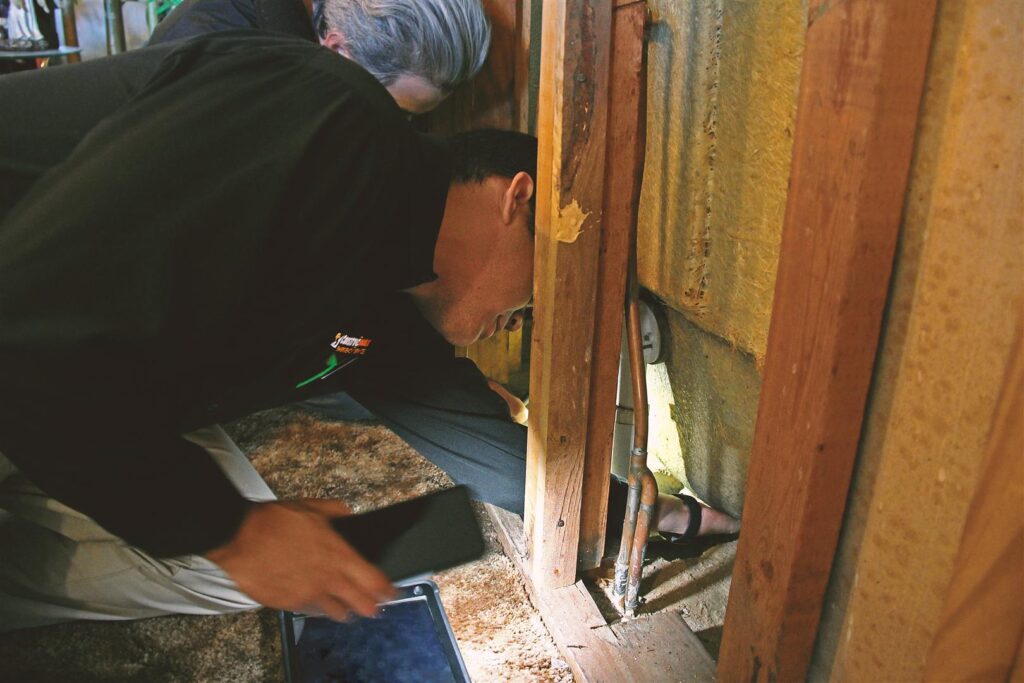
When you’ve experienced a water disaster the clock is ticking. As long as there is excessive moisture in your home or business, water is a threat to your property. Anything that is porous will absorb the water and that can cause damage. That is why getting it dry is the single most important thing to happen after a water loss.
The first step a water technician will take will be to evaluate the situation. They will determine:
- What is wet
- How much is wet
- How wet it is
- What is salvageable by drying
- What level of contamination is present
Categories of Water Disasters
In the next post, we’ll talk about categories of water as defined by the IICRC. These categories are a way of identifying how contaminated the water is. It is important to understand if the water that needs to be cleaned up is clean water that doesn’t pose any additional threat to health, or if it has toxic contamination that is a threat to not only the technician, but also the homeowner, business owner, or their customers.
We’ll address the impact that these categorizations have on the drying strategy and ultimately the cost.
The Scope of the Water Damage is Classified by How Much Is Affected
After addressing contamination, we’ll discuss the extent of water damage. The amount of water there is to address, how widespread the excess water is throughout the structure, and how this affects the drying approach. There are also different types of materials that get special attention like brick, concrete, and stone.
Both the category of water loss you have, and classification of loss will have a significant impact on what the drying strategy will be. With the site evaluated and a strategy in place to dry out your property, your technician will start to place professional drying equipment, which will be introduced in the subsequent post.
Professional Tools and Drying Equipment
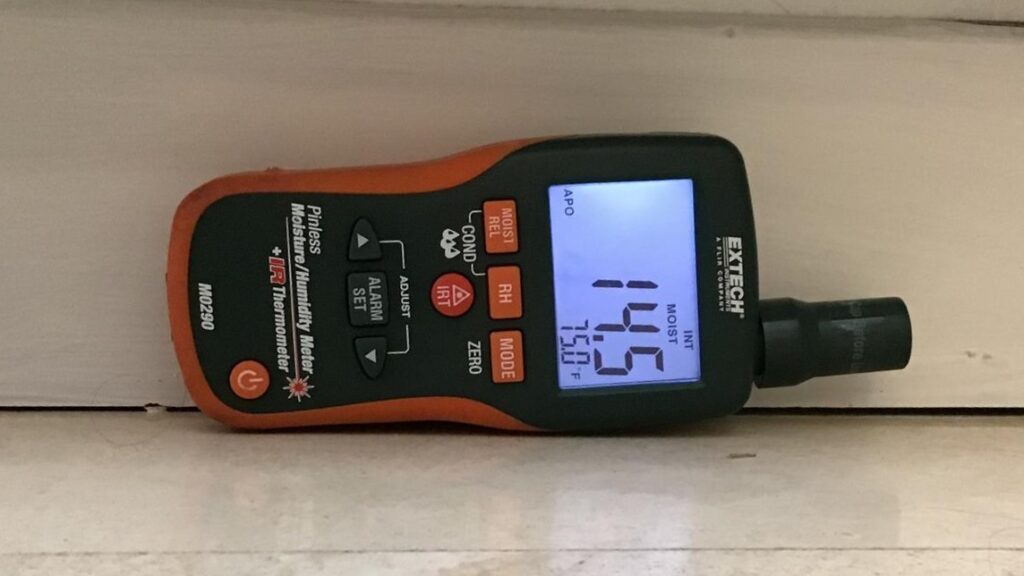
When it comes to drying your home it isn’t rocket science, it’s more like meteorology. The technician isn’t going to be studying the troposphere and predicting rain, but rather the atmosphere in your home or business that he is drying. The technician is going to manipulate the atmosphere inside your home to force the drying to happen. Relative humidity is the way this is done. You can read more about the principles of relative humidity in an earlier blog post. The principles as they are applied to your home or business are discussed in another blog post that you can read for additional information.
We’ll introduce you to the equipment that your technician will bring to your property and the tools used for evaluating the moisture in your home at the start of the job and throughout the job.
What Does This All Cost?
The series will close out with some example estimates for actual drying jobs. We’ll go through the estimate identifying what different line items are, why they are needed, and the costs of those items at the time the estimate was written.
The purpose of this section of the series is to give you a sense of the costs incurred by water damage. If you ask “how much is it?” and you are told “not too much” that doesn’t tell you anything useful. One man’s “not too much” is another man’s whole paycheck and more. By the same token, if you see that it will cost $2500 to dry out and clean a room in your home, you can extrapolate that cost per square foot and see how much you might be saving by preventing further damage.
Mitigating water damage early can save thousands upon thousands in damage rather than letting it go unaddressed. Especially with mold because most insurance policies that cover mold have strict limits, and those can be reached very easily.
In Conclusion
Without a source of water people die. They have nothing to drink, no way to maintain sanitation, crops fail, and towns are forced to fold up and become vacant. But with too much water people die. In recent years we’ve seen Tsunamis that wash people and buildings off the land and flood waters destroy homes and bring disease.
We live in the space in between. But sometimes we have too much water where it doesn’t belong. When that is in your home or business – that’s what we’re all about.





